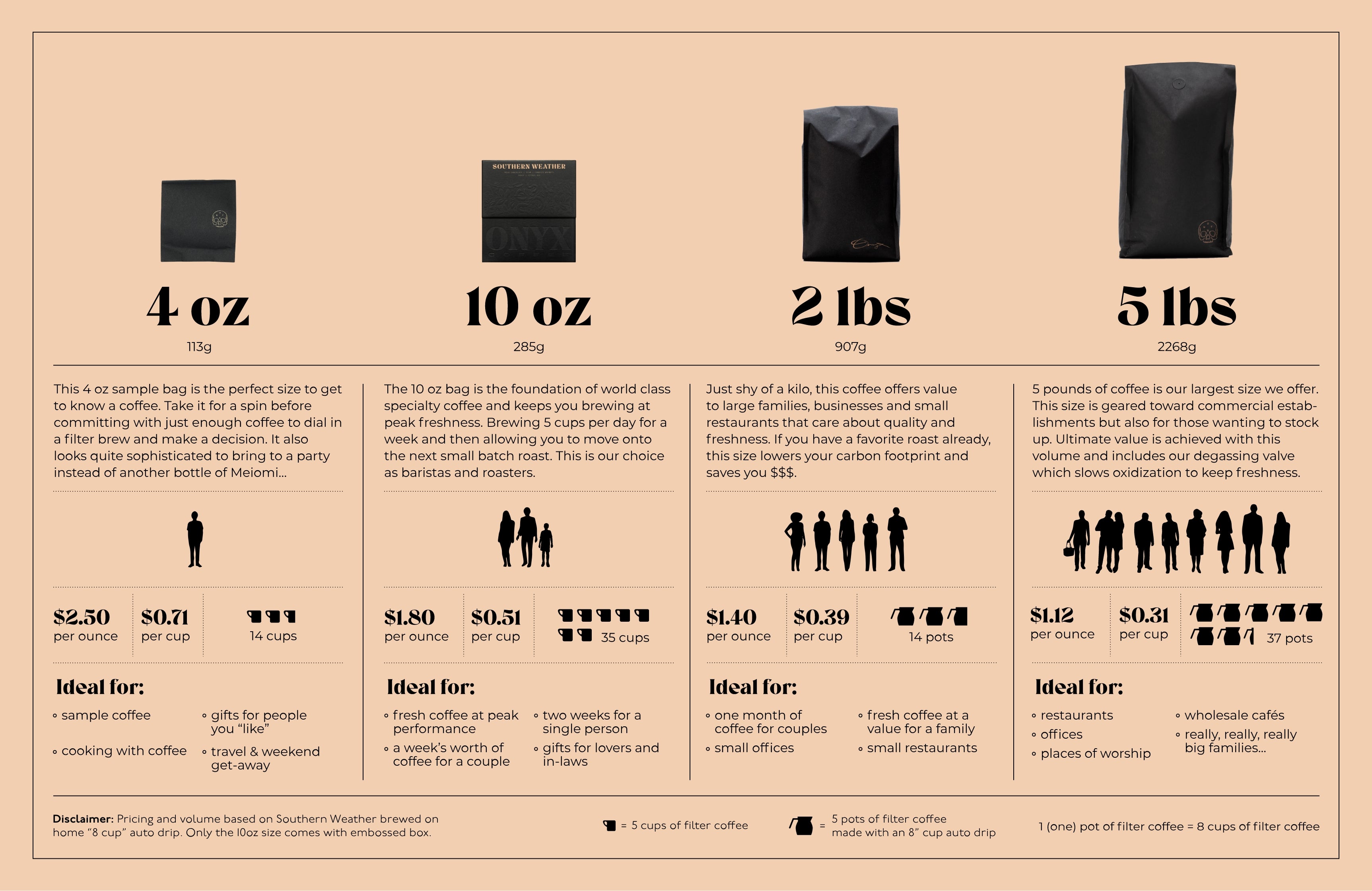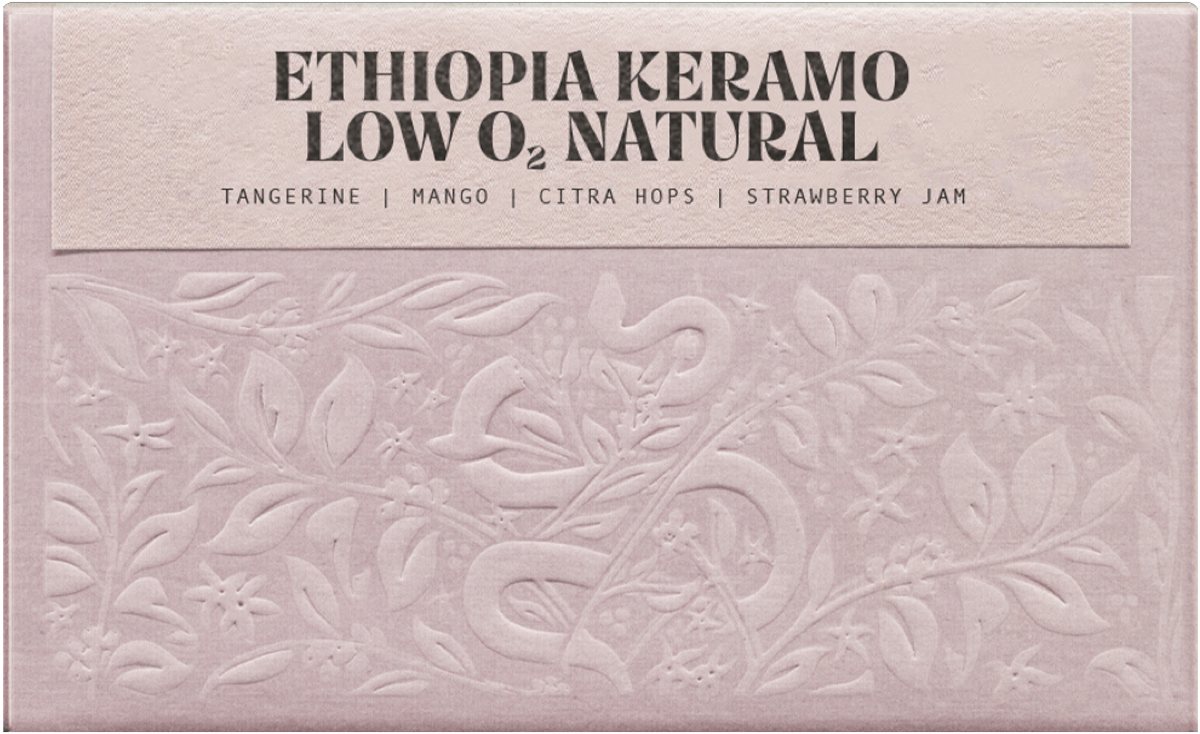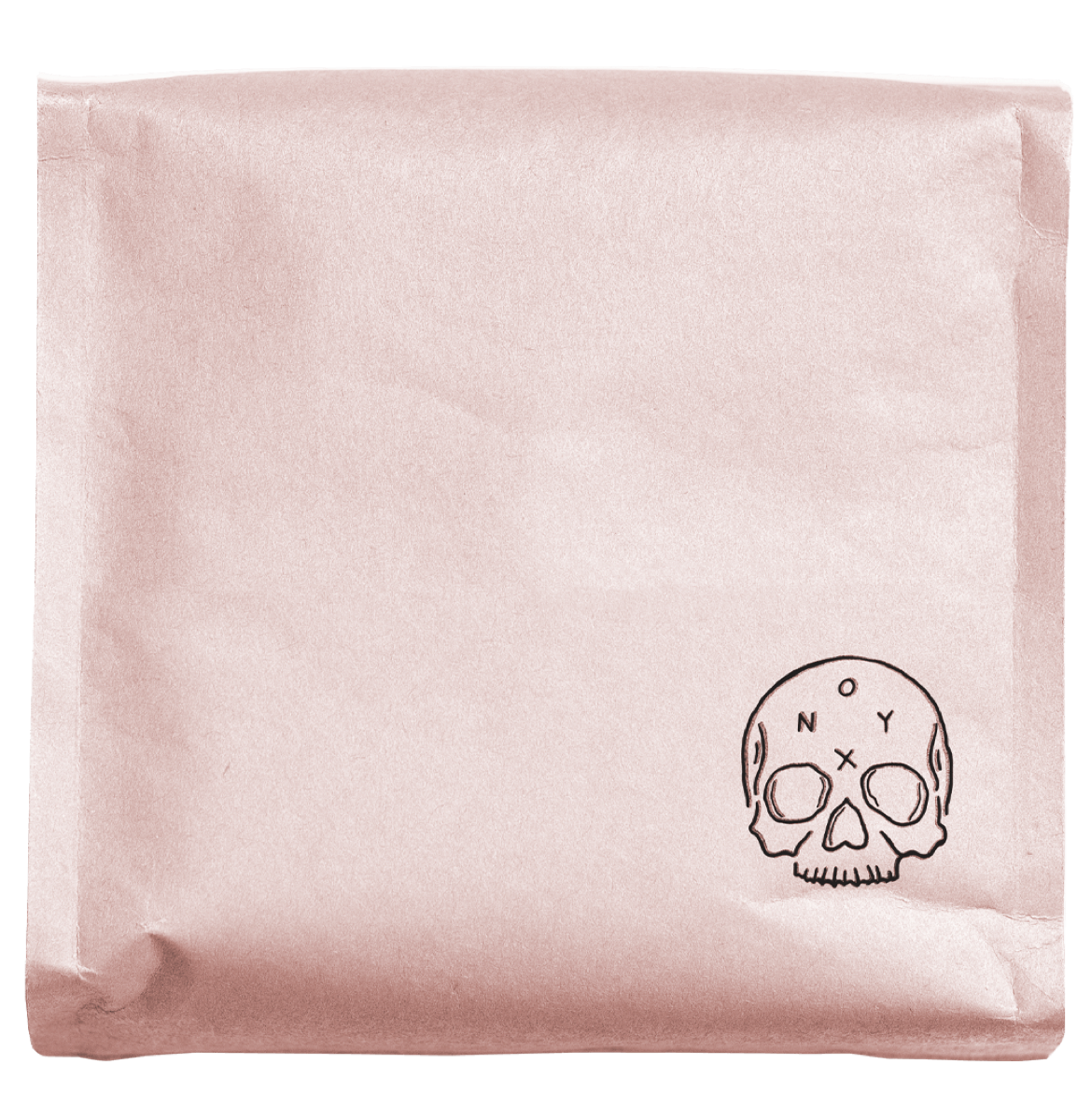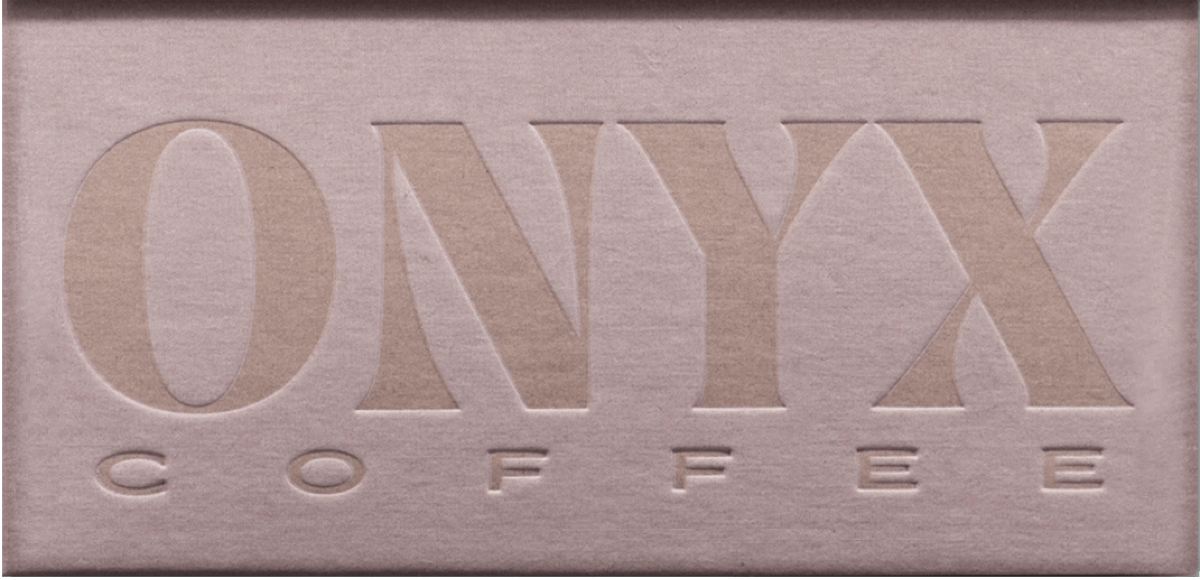Story
KERAMO RELATIONSHIP By Catalyst Trade
“The producers of Keramo, who live high in the beautiful Bombe mountains, are so remote that the area does not have its own central washing station. They are part of a member organization consisting of 667 producers in various parts of the mountain range, which also include producers from Bombe and Shantawene. We’ve worked with this group since before it was officially founded (more on that below). The last two years, the Keramo producers chose to process their coffees through the Bombe Washing Station to our specifications. This coffee continues to stand out as a team favorite on the cupping table. It is a dense coffee, with heavy concentrations of the smaller screen sizes (the majority of the coffee screen sizes at 13/14) which is highly unusual and reflects the higher elevations where the coffee is grown.
Prior to the 2017/18 harvest, this producing group brought their coffees to a different washing station nearby, called Shantawene washing station, where we first encountered the coffees and purchased them as mixed lots, all sold under the name of Shantawene in the 2015-17 harvests. We were noticing different cup dynamics from the cherries that came from different areas, and eventually began to isolate coffees by village. This led to the move to Bombe washing station and getting even more isolation in the lots. Our Quality and Sourcing Director, Michael McIntyre, says, "Coffees from the producers in Keramo Village are among the best I've ever had. Washed lots are dynamic, with layered botanical and perfumed characteristics, while the naturals maintain intensely articulated fruits and florals—so far in our experiments, the honeys are a lovely mashup of the two, where you might have champagne and sangria in the washed and natural, respectively, you’ll find red and white vermouths in the honey."’ - Our friends at Catalyst Trade
LOW O2 NATURAL
In an effort to better understand and control the processing experiments that Catalyst Trade has been doing at the Abore site, they invested in some new equipment at the outset of the harvest. This equipment, including sealed tanks for processing whole cherries, allowed for better control of free oxygen in the fermentation environment. This natural process Keramo lot was processed within those barrels with an airlock mechanism, allowing for free oxygen to be flushed out as the microbes created CO2 during their breakdown of sugars. After a few conversations with Catalyst, we were driven to label this as a low oxygen natural process, which allows for the distinction of the zero oxygen naturals that took place this season as well. (Keep an eye out for those to be released soon.) After the whole cherries are fermented in a sealed barrel for a 24 hour cycle, the cherries are then removed and dried on shaded raised beds much like the other naturals at the Abore site. This limited oxygen cycle creates a wild jam-like note in the cup, with subtle florals on the aroma and the palate reminiscent of the terroir of Bensa coffees.



